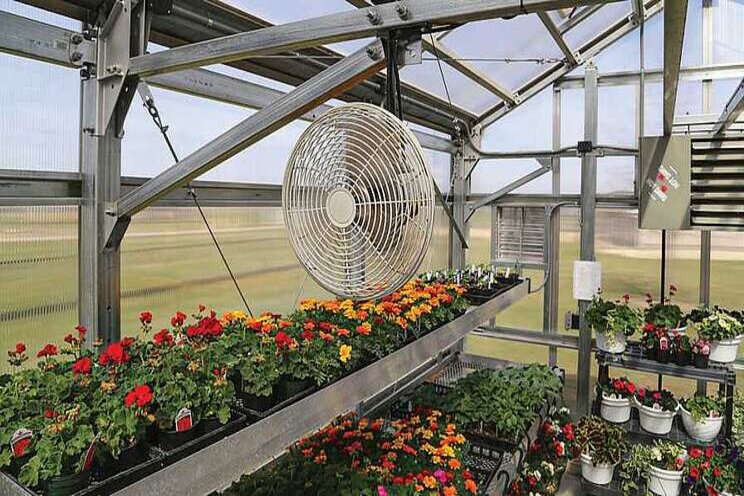Six tech innovations driving the controlled environment industry
Added on 20 May 2020

Check out the slideshow below for a closer look at each of these innovations. How many of them are a major component of your greenhouse production systems?

Intelligent Automation
Automated irrigation systems, pH sensors, and climate-control software can all be used to solve common problems faced by indoor farmers, such as disease prevention and pest management. By using wireless sensors, it's possible to accurately monitor real-time temperatures (and fluctuations) to maintain an optimum growing environment. Depending on the crops you want to produce, this could be the difference between a seasonal yield or year-round production.

Self-Sufficient Watering Systems
When it comes to water use, most greenhouses can become self-sufficient if the right rainwater harvesting system is put in place. Instant automatic irrigation systems can then reuse this water when and where it's most required, thus ensuring no water is lost in the growing process by collecting internal condensation and recirculating any water from the irrigated plants. Photo: ControlDekk

Optimized Lighting Levels
Light is obviously the most critical component for indoor growing, but many commercial greenhouses still rely solely on sunlight to maintain the right environment. When considering lighting in a crop, it's important to consider more than simply the intensity of light required. Different lighting spectrums can play an important part in the plant's growth, with different spectrums able to influence many factors such as crop speed, plant rooting, and even taste. Photo: Osram

Cooling Technology
Although this technology is used more sparingly by greenhouse growers, some do employ innovative cooling systems to achieve optimum air and circulation levels, creating the perfect growing environment. Photo: GrowSpan

Strategic Shading
Commercial greenhouses can create the perfect growing environment with a series of strategically placed flame-retardant screens to provide ultraviolet and thermal shading. Depending on the crop being grown, this could save up to 60% in energy consumption. Photo: Svensson

Combined Heat and Power (CHP) Systems
The heat generated in a greenhouse can be converted into energy to sell off, store, or use to power the technology inside the greenhouse through a specially built combined heat and power (CHP) system. Not only can this provide major energy savings, it can also help to enhance the growing environment and provide a consistent crop. Photo: GrowSpan
Source and Photo Courtesy of Greenhouse Grower
Source: Greenhouse Grower
More news















